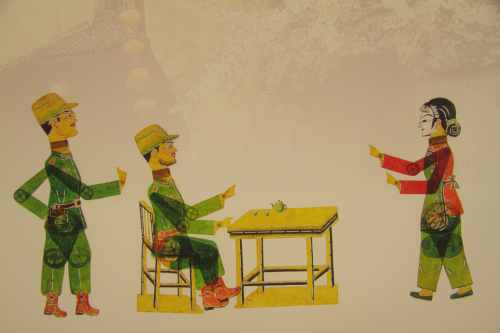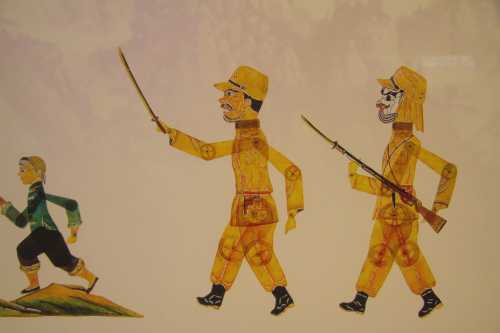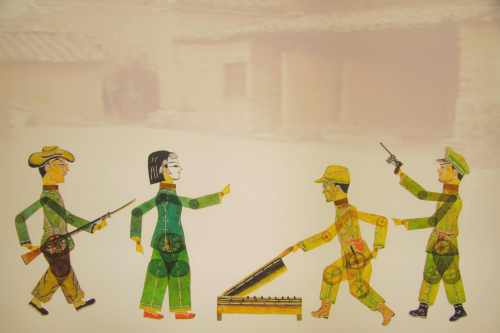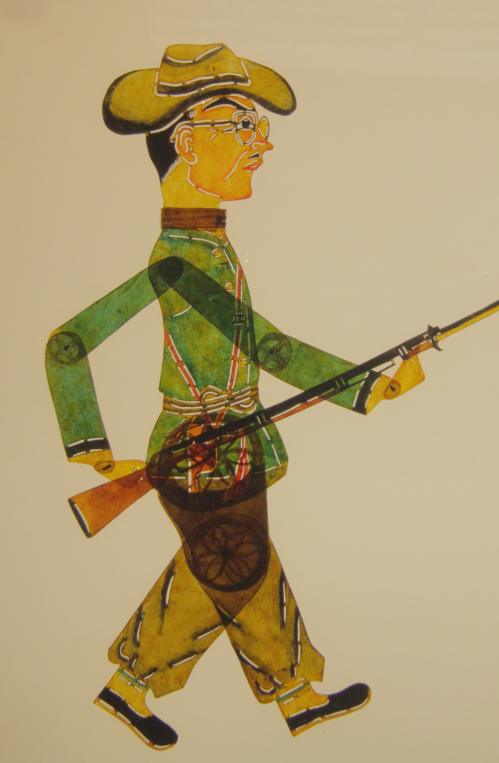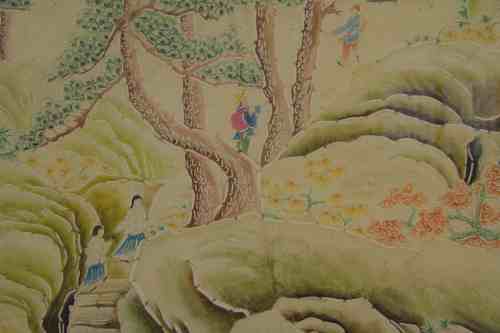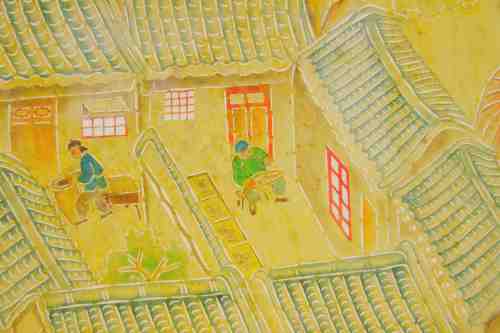During my last visit to Tangshan city in Hebei province, I could already feel a wave of development coming. Getting off the bus (the only way to Tangshan from Beijing at the time) the new Train Station loomed tall overhead. It would be finished in 2015, they said. Other changes were felt in nearby suburbs and villages: huge high-rise apartment complexes and infrastructure changes in transportation. This time, I rode in on Tangshan’s new train – a world away from that long distance bus – and was welcomed to the city with vast marble floors, soaring curved ceilings and lots of people waiting to head somewhere else.
Tianxiang, of the amazing Lu Family, greeted me outside the new exits. We chatted as we got onto the city bus and rode out to Hancheng, hopped in an electric tricycle and were taken to the front door of Tianxiang’s new apartment. So much has happened since my last visit to his unfinished apartment in 2014. Tianxiang got married! And, as he informs me, with characteristically humble tones while riding the bus, they’re expecting their first child in July!
The joy that is all this good news carries us with ebullience until we reach the front door of his new, modern apartment. During my last visit in 2014, I stayed here even before he did: baseboard weren’t in, water wasn’t hooked up – even still, it was a vast change from the family’s old courtyard home.
Tianxiang’s wife, Zhangwei, opens the door with a cute belly bump. She’s gracious and kind and she’s made the place a cozy, tidy home. Alongside the new fixtures and amenities, their wedding photos are everywhere.


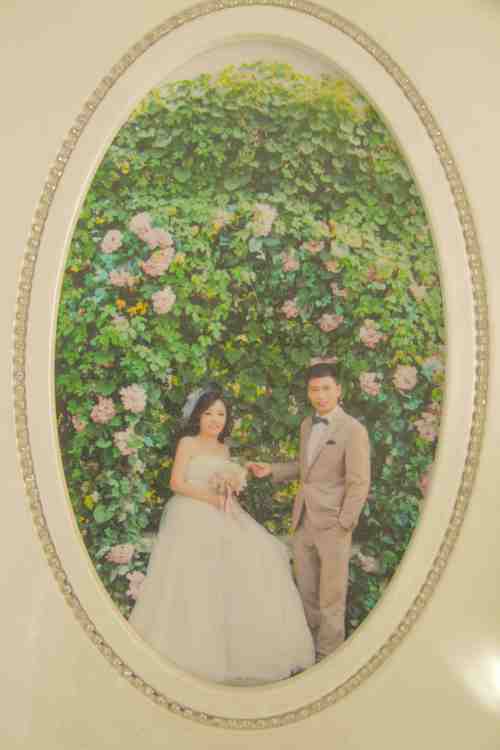
I love seeing them in their finest, just above the couch, the cabinets and the computer. Soon, his mother and father arrive.
Instead of diving into the shadow puppet stuff, we spend the day catching up. I clumsily assist Zhangwei in cooking us a fabulous lunch, we watch their wedding video (1 hour and 12 minutes of pure fun and firecrackers), and take a trip to the local flea market. In and amongst the news and the updates, we realized we’ve been friends for five years. Five years of sharing our work and struggles and successes and moves and marriages. It’s great to see the Lu family and Tianxiang so happy.
In the next few days, we dive in. We head to their old house, check out the current work and talk about the present circumstances.



Things have gotten worse for handmade shadow puppetry since 2014, which was already in a downslide from 2012’s machine-made shadow puppet takeover. This year the price for the Lu’s corn harvest was also the lowest in recent history. Luckily, the Lu’s aren’t in immediate danger of losing their livelihood as Tianxiang still makes a solid living as a computer technician in the city and his sister is still working a financial job in the outskirts of Beijing. Still, things have changed. Tianxiang’s father seems a bit more prone to either exhausted silence or short rants about the good old days. His mother, buoyed by Tianxiang’s settled future, is more open about her indifference to shadow puppetry, despite her acquired skills in applying color.
Tianxiang, too, has found his focus shifting. He shows me the ad-hoc cutting studio he sets up in his new living room from time to time, but he’s cutting much less than he was. Understandably.

With the future of handmade shadow puppetry already seemingly gone, a new life partner and the next generation on the way, he is caught exactly where everyone else is: this lifetime. When I ask him if he’ll teach his kid to cut shadow puppets, he says ‘yes’, but with practicality in his voice. History is important, but so is the future.
Of all my friends and participants in this shadow puppet journey, I worry least about Tianxiang and the Lu family. I’m not exactly sure why that is other than an intuition that’s developed over the years. There is a pure heartedness to them – not to be conflated with naïveté. It means that they’re always the right side, even if it’s the practical side, of the changes. Tianxiang has been open to collaborations and adaptations of his knowledge while also being equally ardent about supporting his father and the Tangshan style of shadow puppetry. This kind of diversification is just what shadow puppetry needs: creative preservation alongside all the other more ‘traditional’ methods of safeguarding or institutionalizing our dying art forms.
Soon, our visit must come to an end. I leave his new wife, his new apartment and take a taxi to the new train station and get on the new train back Beijing. They’re building a fast train from Beijing to Tangshan, set to open 2018. Looking forward to another return and another lesson on how to navigate these oncoming developments, expansions and changes with grace and integrity.
~Thanks for reading

L>R: Lu Fuzeng, Xu Yishu, Myself, Zhang Wei, Lu Tianxiang




